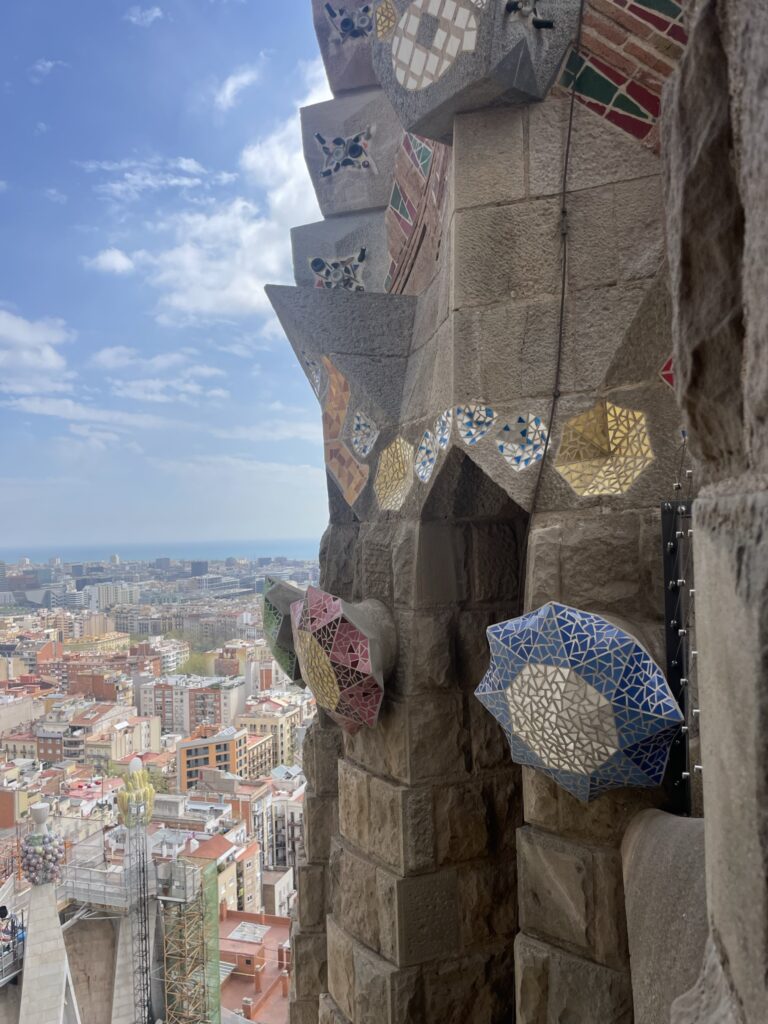Isabel Li ’25
Staff Writer
She was an educator, feminist, and philanthropist. Though she was reserved and bore a tendency to avoid the public spotlight, she knew when to be outspoken about her politics and perspectives. Her views were ahead of her time — she opposed systems of socioeconomic inequality and vehemently promoted education and freedom of knowledge.
She was Ellen Browning Scripps (1836-1932), the woman who endowed and founded not only Scripps College but also many other institutions across Southern California: Scripps Institute of Oceanography, Scripps Memorial Hospital, Scripps Research, and The Bishop’s School, among many others. Although Scripps College adopted and promoted her views of progressivism, feminism, and education, many of its students, me included, knew very little about her life or story.
This past summer, I had the opportunity to conduct primary source research about Ellen Browning Scripps (EBS) at Denison Library, which harbors a large collection of Miss Scripps’ letters, diaries, papers, receipts, photographs, and news clipping, among many other documents. Fittingly titled the Ellen Browning Scripps Collection, these archival documents are stored in the EBS room, a small room featuring storage drawers, bookshelves filled with her personal book collection, and, most notably, her marble bust.
As an intern, I worked alongside fellow second-year Amalia Koch ’25 to collect information about her life, digitize and catalog relevant archival materials, and produce digital content about EBS. Our goal in this digital humanities project was to better understand Miss Scripps’ background and values, demystify her story, especially for Scripps College students, and provide our college’s website with a more detailed account of her life.
One of the first things I did to prepare for my research was reading the biography Ellen Browning Scripps: New Money and American Philanthropy by Molly McClain to understand a general overview of Miss Scripps’ story. Although I finished the book within a day, the information about her still felt new and unfamiliar. It wasn’t until after I had delved into the archival materials and sifted through drawers of letters that I began to feel familiar with aspects of her life.
The biography’s bibliography section cited many of the EBS papers, and I learned to pinpoint sources by cross-referencing the book’s citations to the specific paper documents that McClain used. After spending a couple of weeks in the archives, I could easily navigate the large collection using the collection’s finding aid, spending most of my time with biographical materials in Drawer 1, letters in Drawers 11-13, photographs in Drawer 25, and materials about the Claremont Colleges in Drawers 29-30.
In many ways, Miss Scripps was a woman who challenged traditional gender norms and roles of the 19th century. During a time when it was rare for women to receive a higher education, she attended Knox College and graduated with honors in mathematics. Women also typically led their lives in domestic roles at the time; Scripps, on the other hand, played an active role in writing and journalism, becoming one of the most prominent female journalists in the United States in the post-Civil War era.
The more I studied her primary source papers, the more I identified recurring figures from her life and the nature of her relationships with these people. Ellen Browning Scripps came from a family with many siblings, and she worked closely with her older brother James E. Scripps and her younger half-brother Edward Willis (E.W.) Scripps. The siblings had a strained relationship over control of the Detroit Evening News, the newspaper business that contributed to the Scrippses’ eventual wealth. Ellen sided with E.W. in many legal troubles, complicating a feud that bitterly divided both the family and the business. Ultimately, James removed both Ellen and E.W.’s control of the business; the two moved to Southern California together, while James remained in Detroit.
I also analyzed many letters featuring her attorney and agent, Jacob Chandler (J.C.) Harper, who was a key figure in her philanthropic endeavors. He helped her connect with many educational institutions and community organizations after she moved to San Diego, regularly communicating with her and keeping records of her contributions. Harper’s correspondences were also useful for understanding her process in founding Scripps College and paving the way for an Oxford-like consortium of affiliated colleges — which eventually led to today’s Claremont Colleges.
The research did come with its challenges. Amalia and I struggled to interpret Miss Scripps’ handwritten documents, especially because her cursive was difficult to read. Most of her diaries and personal letters had not been transcribed or typewritten into easy-to-read documents, and we had to spend large amounts of time deciphering them. However, the effort was worth it; I found and examined a handwritten speech that she had delivered to the La Jolla Woman’s Club in the wake of the 1912 San Diego Free Speech fight, in which she encouraged the women in her community to influence local politics despite their inability to vote at the time. Documents such as the 10-page speech clearly illustrated Ellen Browning Scripps’ relentless attitude towards advocating for feminism and justice outside of philanthropy.
Unlike a standard research paper, our deliverables for this project included a 3-part multimedia webpage detailing Ellen Browning Scripps’ life and presenting digitized images of her documents, which we displayed using a program called Shorthand. I added images on Historypin, a site for sharing historical images, and edited preexisting Wikipedia pages that referred to her, including Ellen Browning Scripps, Scripps College, and Scripps Health. Amalia and I also curated and captioned select documents from the archives to post to Denison Library’s Facebook and Instagram — keep your eyes peeled for these upcoming snippets of our research!
Researching the life of Ellen Browning Scripps was an unforgettable first experience working with historical and archival materials, especially in an environment as beautiful as Denison Library. Being able to hold century-old historical documents in my hands and immerse myself in these snapshots of a completely different era was incredibly eye-opening as a student of Scripps College.
After all, Ellen Browning Scripps, a philanthropist who opposed inherited wealth within families, considered Scripps College students to be her true beneficiaries, the ones who would further her progressive values and continue to enhance communities.
Image Source: Isabel Li ’25





